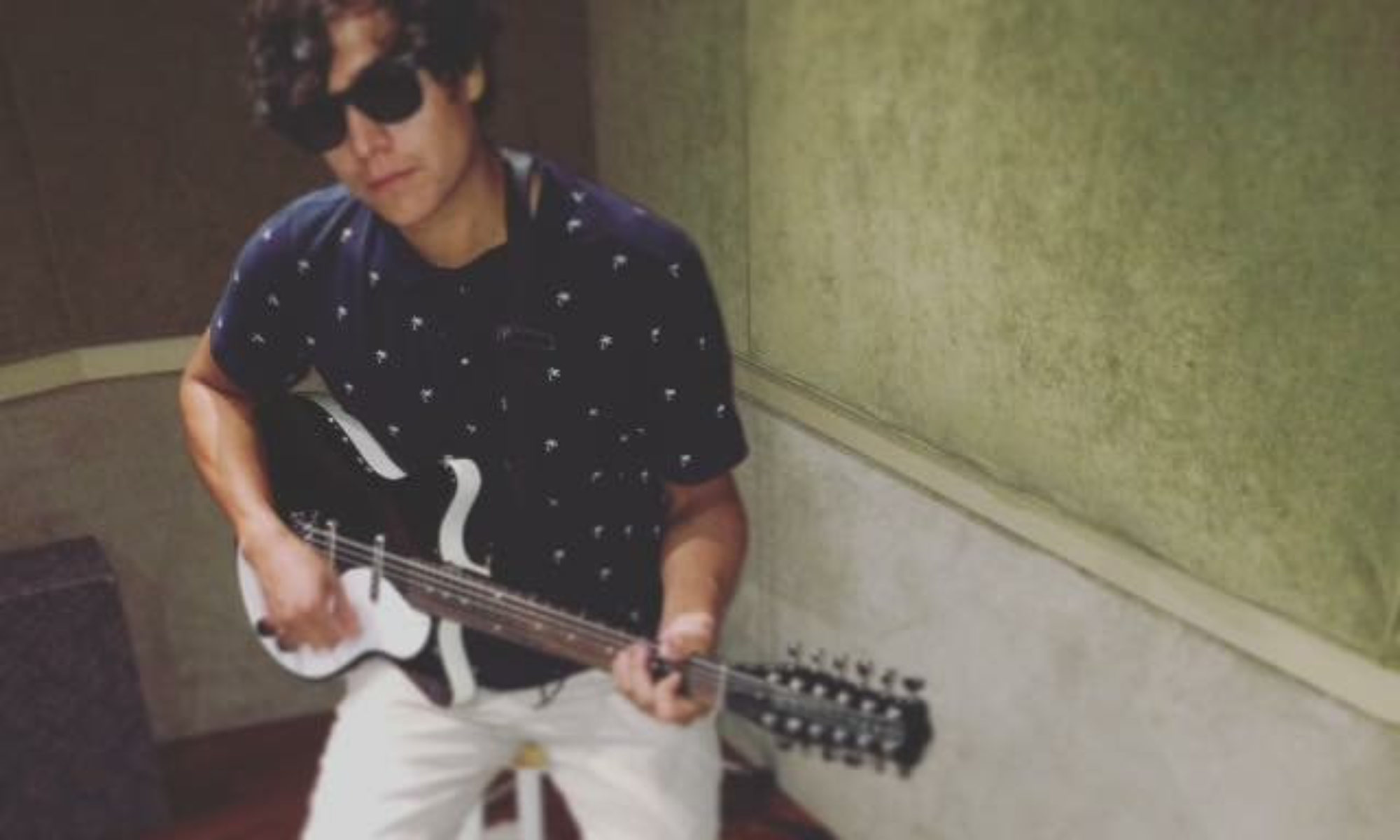by Harrison Samphir
“It takes two to make a thing go right / It takes two to make it out of sight / Hit it!”
-Rob Base & DJ E-Z Rock
If we take literally the adage “Hip Hop Is Dead,” what might rap’s epitaph look like? (I tend to imagine a large crypt sitting atop a hill somewhere in Queens.) Would it bemoan the cheapening of production methods in the late-1990s? Might it lament the decline of “conscious” lyricism and Afrocentricity through waves of commercialization after the new millennium? Should it outline, at least in partial detail, the changing image of the rap artist, now relegated to either solo or supergroup status?
The latter raises yet another serious query: what happened to the hip hop duo?
Shuffling away the obituary for a moment, let’s assess these questions from the vantage point of the present day. In 2013, hip hop is still “alive,” so to speak – rap artists cut tracks, release albums and perform shows – but it exists between different realities. No longer is hip hop a street level cultural movement, a galvanizing force of urban ghettos created by two turntables and a microphone. Those days are over. When hip hop was influenced (some may argue heavily) by big record labels, commercial advertising, new recording technologies and brand association, it is now controlled by them.
The resultant music still carries weight (just look at Danny Brown’s new LP), but a certain authenticity is missing: an uncut rawness that once escaped the vacuum of globalization, ignored social and political norms and stood unadulterated by fluctuating market tastes and attitudes. There was a time when hip hop existed for itself and its followers, not for corporate powers dictating the culture.
It bears mentioning, too, that hip hop “culture” is a constantly vacillating term. While underground artists grasp desperately to audiences who were around to see its conception, the rest embody only recognizable parts of it. And we can’t altogether blame them, either. In an increasingly dogged and competitive world, what material incentive exists for the “real emcee,” or the hip hop artist emulating a style unrecognizable to the new generation of consumers?
Original dynamics
It’s commonly true that with modern technology arrives a new set of social relations. Face-to-face communication, for example, is supplanted by digital contact. Social media eliminates geographic barriers between aspiring artists and fans. Once upon a time, you needed local connections – not to mention provable skills – to record an album, but today a prospective emcee requires not much more than a computer and an email address to gain exposure. On the one hand, this transformation has broadened the playing field, yet on the other, it’s expedited the creative process, discouraged traditional partnerships and stymied those lacking gaudy computer skills.
So it’s worth asking: has this trend killed the hip hop duo?
Taken at face value, the question might seem absurd. Of course there are still hip hop duos! you might be saying. DJs and rappers team up all the time! Sure, both points are factually true, but they miss the mark.
When we look back on (or “Reminisce Over”) the greatest pairs of all time – Gang Starr, Pete Rock & CL Smooth, Das EFX, Mobb Deep, Eric B. & Rakim, OutKast, EPMD and M.O.P., to name but a handful – we see, repeatedly, unique and creative dichotomies, not casual associations. These twosomes didn’t simply feature on one another’s albums, they carved out their own styles and fictional universes, and made concept records the basis for intricate storytelling which developed over a period of years.
Emcees André 3000 and Big Boi, together known as OutKast, are a dramatic example of the hip hop duo. They’re southern rappers with West Coast g-funk inspirations and neo soul leanings, but best of all, they are two starkly different personas. André is futuristic, funky and highbrow, while Big Boi has a laid back, old school mentality. Together they made seven records and coexisted despite each enjoying thriving solo careers. It was a pairing that might not be possible today. OutKast released an album every two years, worked hard on cinematic-quality music videos and developed its personality over the course of a decade. The present-day industry has limited patience for gradual success. If an artist wants to make it, they need to keep up with the unforgiving pace of the market and anxious listeners, never mind cultivating a sophisticated image with another talented emcee.
Contemporary hip hop duos are few and far between. Even popular pairs like the Playaz Circle (2 Chainz and Dolla Boy) rely heavily on guest features and provide little in the way of a singular aesthetic. They often sound like two clashing personalities edging each other out for room to fit their voice. Conversely, supergroups like Odd Future, the A$AP Mob and the Skull Gang, each containing within them separate projects and solo acts, are increasingly becoming the norm. They often cut out the middle man, selling music and merchandise directly to listeners through a self-managed label. It’s been successful, too. Odd Future in particular has spurred a hip hop resurgence with artists like Earl Sweatshirt and Tyler, the Creator, but this seems to have only further diminished the role of duos in the genre. Are they not profitable anymore?
It’s really quite strange to think that some of the original dynamics which birthed the hip hop medium are now uncommon in the twenty-first century. While social and indeed economic factors have shifted the route of young emcees toward solo- or supergroup-oriented careers, the versatility of the duo has many precedents. In the end, erecting hip hop’s tombstone today might turn out to be premature. Great music is still being made, but it never hurt to romanticize the past from time to time – it might inspire a new generation to bring it back.


